After a long summer growing season, when autumn rolls around, planting a fall garden might be the last thing you want to do.
But autumn can be the perfect time for gardening. The soil is still warm and the milder temperatures more pleasant.
You might catch yourself eyeing your mature summer crops and wondering, “Do I have time to plant a fall garden?”
The answer depends on where you live, and what you want to plant.
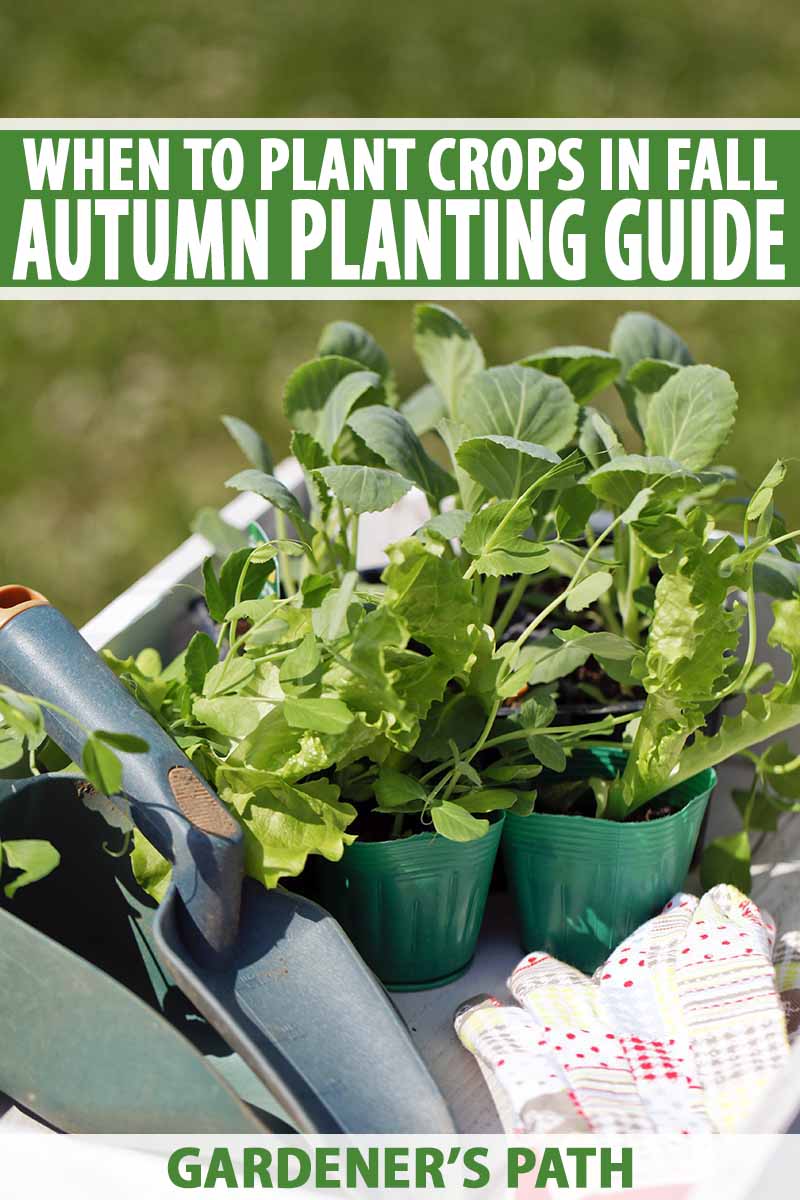
We link to vendors to help you find relevant products. If you buy from one of our links, we may earn a commission.
While there are a lot of variables involved, most gardeners in the continental US will be able to grow a fall garden if we plan it right!
Here’s what’s to come in this article:
What You’ll Learn
Planning a fall garden requires knowing a couple of things about your climate, and a couple of things about the crops you dream of harvesting. Once you gather this information, you will be ready to don your gardening gloves.
First Frost Dates: Winter’s First Kiss
First things first, before you can figure out the best time to plant any given crop in autumn, you’ll need to know your region’s average first frost date.
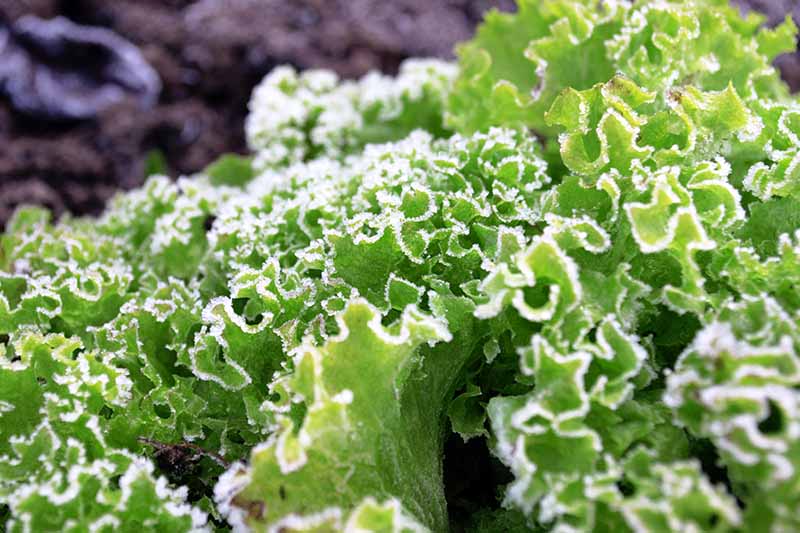
Your first frost date is the average date that you will experience a light freeze in your neck of the woods. If you don’t know this date, you can look it up by your zip code at The Old Farmer’s Almanac.
Temperatures at or a couple of degrees below freezing will kill most tender plants, whereas cold-hardy vegetables can survive a deeper freeze. The flavor of some will even improve in the cold weather.
Fall Crop Planting Schedule
Do you live in a warm growing zone where winter weather is generally unheard of? Lucky you! With the exception of the occasional frost and nights when temperatures may dip below freezing, you’ll have little to worry about in comparison to your friends up north.
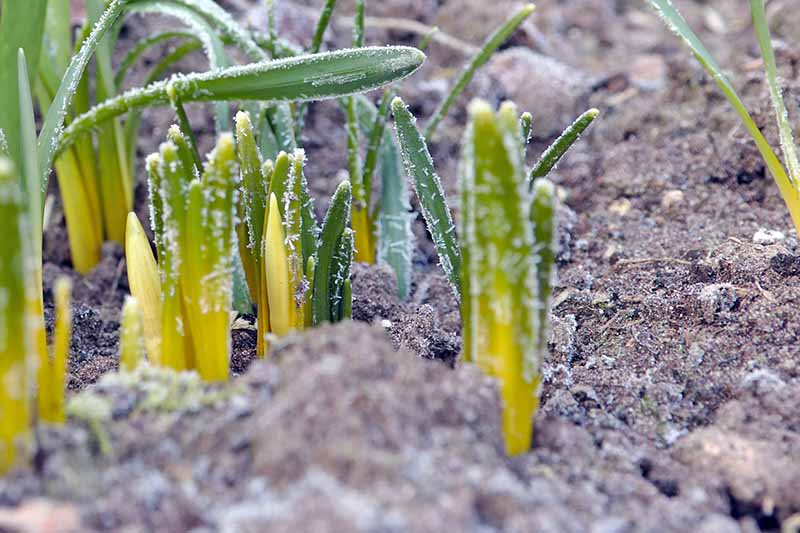
Those in extreme southern and tropical growing zones should still keep an eye on the thermometer if cold weather is predicted, and plan to provide a little extra protection – such as a burlap wrap or row covers – to tender plants that cannot withstand the cold.
As for the rest of us? Once you know approximately when your first freeze is due, use this handy schedule to plan when to start seeds indoors, transplant, or direct sow all your favorite veggies and herbs.
14-16 Weeks Before Average First Frost
Start indoors:
Direct sow:
12-14 Weeks Before Average First Frost
Start indoors:
Transplant:
Direct sow:
10-12 Weeks Before First Frost
Start indoors:
Transplant:
Direct sow:
8-10 Weeks Before First Frost
Transplant:
Direct sow:
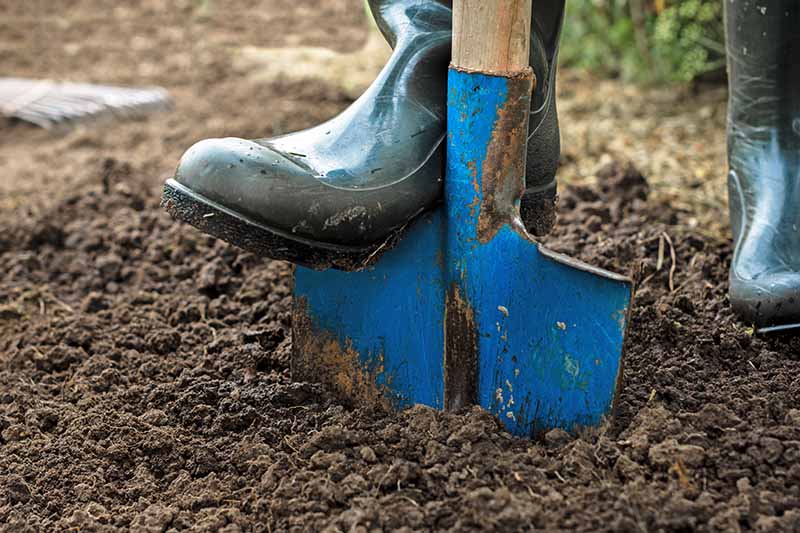
6-8 Weeks Before First Frost
Transplant:
Direct sow:
4-6 Weeks Before First Frost
Transplant:
Direct sow:
Around First Frost
Direct sow:
Is it that easy?
Well, maybe not. But you didn’t take up gardening because it’s easy, did you?
I didn’t think so.
While referring to the schedule of recommended planting times above is a necessary part of the process, there are a few other factors you’ll need to consider as well.
Soil Temperature for Germination
Before planting seeds, make sure to refer to your seed packets to check the recommended soil temperatures for germination.
Just because you start your parsnip seeds 16 weeks before your predicted first freeze doesn’t mean the soil will automatically be the right temperature for them to germinate as well.
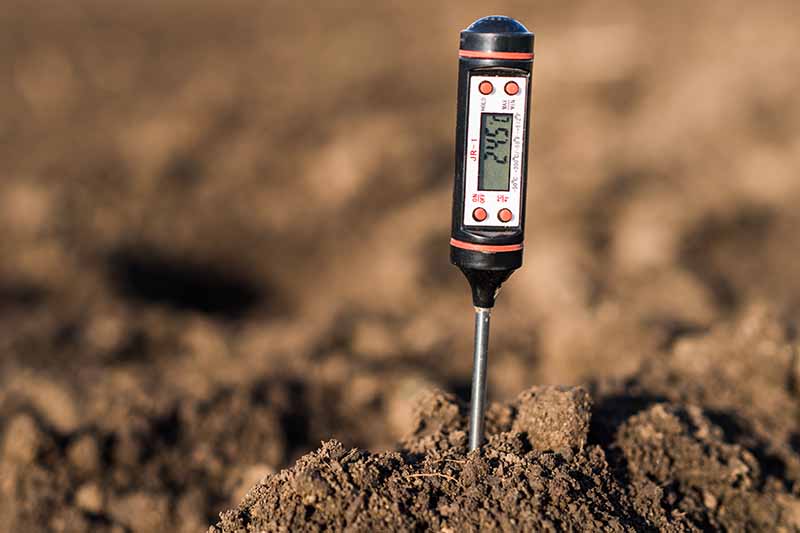
Some regions may have warmer or cooler soil than is recommended for germination at the time when you plan to sow. You’ll have to take your specific conditions into account as well, to determine what will grow for you.
A soil temperature right around 70°F is the sweet spot for many seeds to germinate. But specific plants may have different requirements, so remember to check those packets!
Days to Maturity and Freeze Out Temperatures
Before you grab your seeds and run into your garden to plant, take a look at those seed packets and double-check the number of days to maturity. Do they match up to your planned schedule?
The recommended planting schedule above will give you a general idea of when the listed plants should be started, transplanted, or sown. But the total time needed for them to reach maturity may differ somewhat for different varieties.
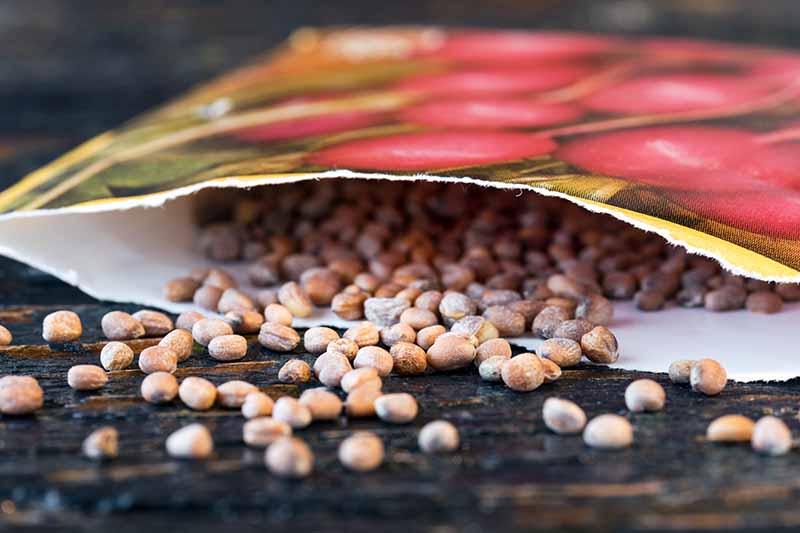
To calculate how many days you will need, take the number of days to maturity, then add fourteen extra days (two more weeks) of growing time to compensate for slower growth in autumn.
If your seeds say they take 70 days to reach maturity, then you need to count on at least 84 days.
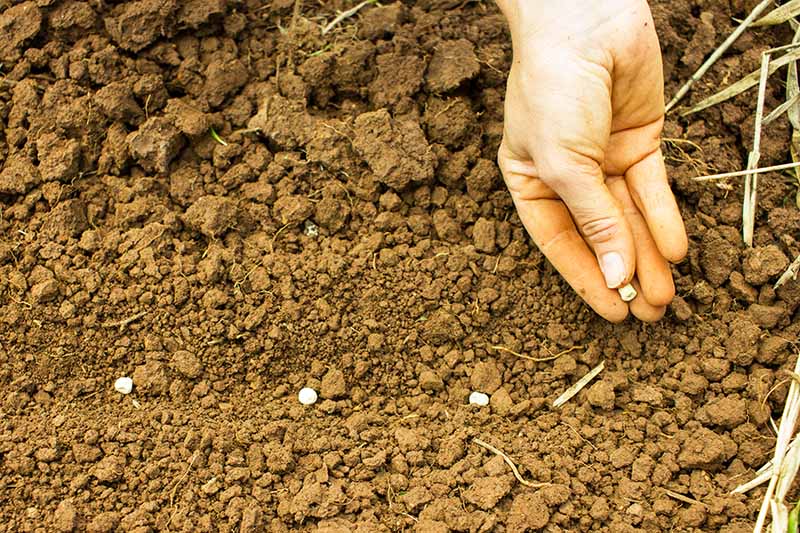
Keep in mind that standard days to maturity are also typically calculated from the time when seeds germinate, not from the moment you put them in the ground. If you direct sow seeds in the garden, start counting when they germinate.
If you start seeds indoors and transplant them into your garden, start counting from the date when you transplant.
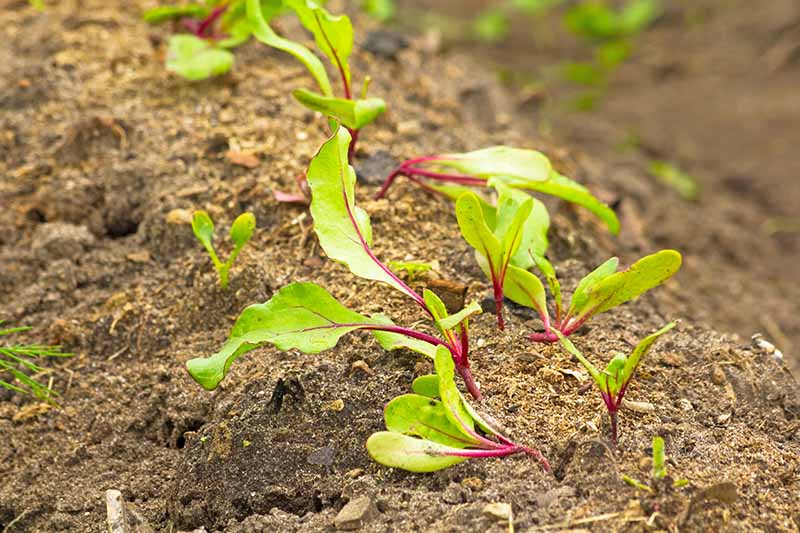
The crops most commonly planted in fall can handle a light freeze.
If any of the plants you’ve selected cannot handle freezing temperatures, make sure they will have time to mature before your first frost.
If your seed packet says the plant is frost tolerant, then it can continue to grow and reach maturity after your first frost.
You’ll have to take into account the sometimes unfortunate reality that some edible plants will “freeze out” and die when the mercury plummets. If you live in a northern climate with low temperatures early in the fall, you may not be able to bring certain plants to maturity if winter arrives early.
But with careful planning, you should be able to get cold-hardy crops as well as some tender fall plants started on the path toward success!
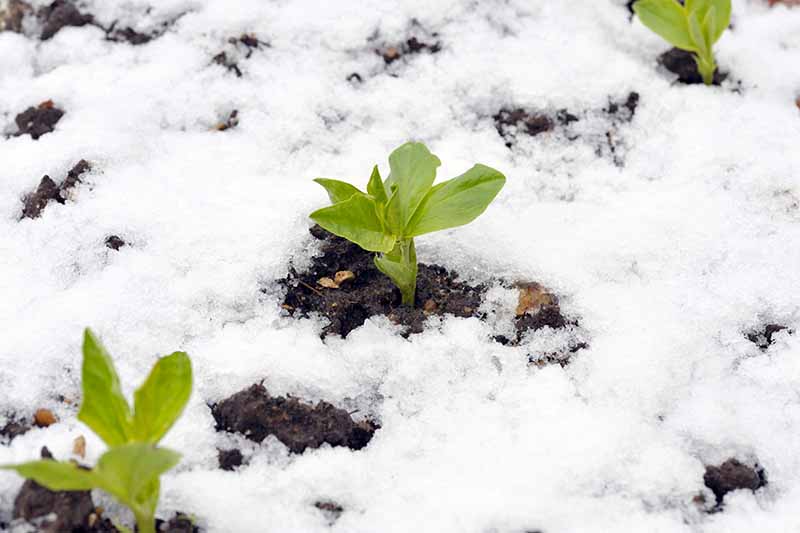
To find freeze out temperatures for the plants you want to include in your autumn garden, you can refer to the following chart.
It corresponds with the recommended plants that we have included in the planting schedule above, and describes the lowest temperature ranges common garden crops can usually withstand.
Frost and Freeze Hardiness of Fall Garden Vegetables
Tender/Susceptible to Light Frost (Above 32°F)
Light Frost Tolerant (28-32°F)

Heavy Frost Tolerant (28°F and Below)
Note that this chart is intended to serve as a general reference only, and that plants will react differently depending on other conditions as well, such as the amount of rainfall that they receive and the relative humidity, wind, and other fall conditions.
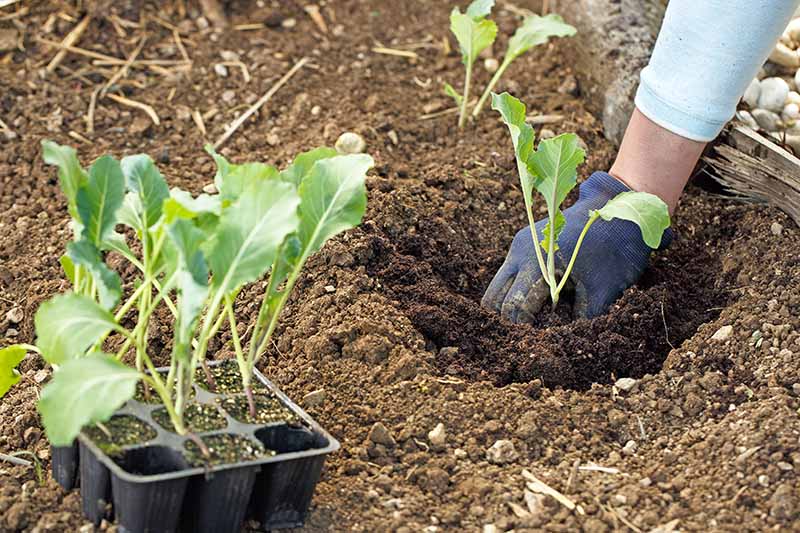
Certain planting techniques, such as planting with row covers or in cold frames, as well as applying a protective layer of mulch, can help to alleviate the risk of frost damage.
But nonetheless, knowing the average temperatures for your area and what certain plants can withstand serves as an excellent starting point when planning your fall planting schedule.
Weather patterns can of course vary from year to year. But you want to give your plants the best start you possibly can, based on recorded averages for your area, temperatures that they are known to be able to withstand, and the time they will require to be ready for harvest.
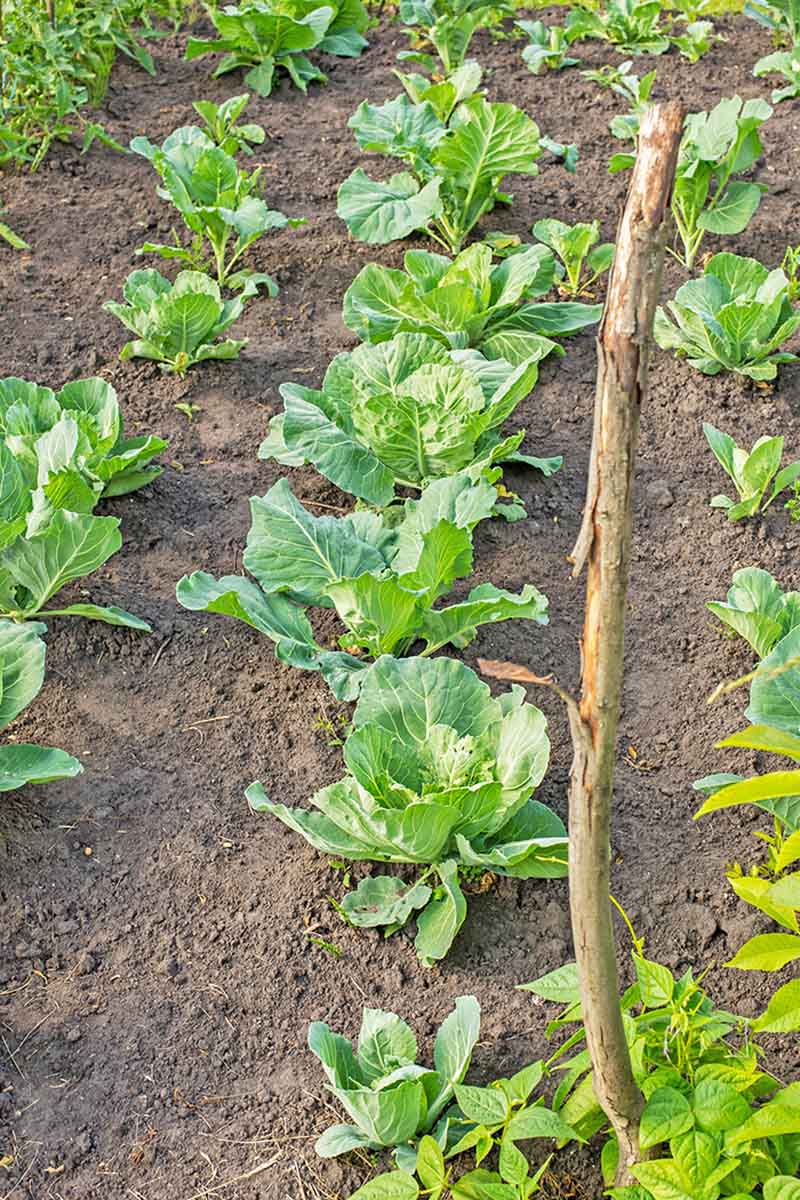
If you find that certain items you had hoped to grow probably won’t do well with the allotted number of available fall growing days for your area before winter sets in, save those seeds for spring.
If varieties of a certain crop known for having a shorter number of days to maturity, or for their cold hardiness over others, are available, go for those when you make your picks.
Container gardening is another good option for certain crops that are less cold-hardy. If you have the space for it, and if you find certain items are a little slow to grow this year and your crops have yet to come in when Jack Frost arrives despite your careful calculations, bring these pots inside to a well-lit area and hope for the best. With a little luck, you’ll still be able to produce a delicious harvest, despite the weather outside.
Planting in Fall is Easy, With Proper Planning
Now you know how to calculate when to plant your favorite edible crops in fall. Refer to your average first frost date, and take into account the ideal soil temperatures for germination. Always consider freeze out temperatures and the required number of days to maturity for the specific varieties that you are growing.
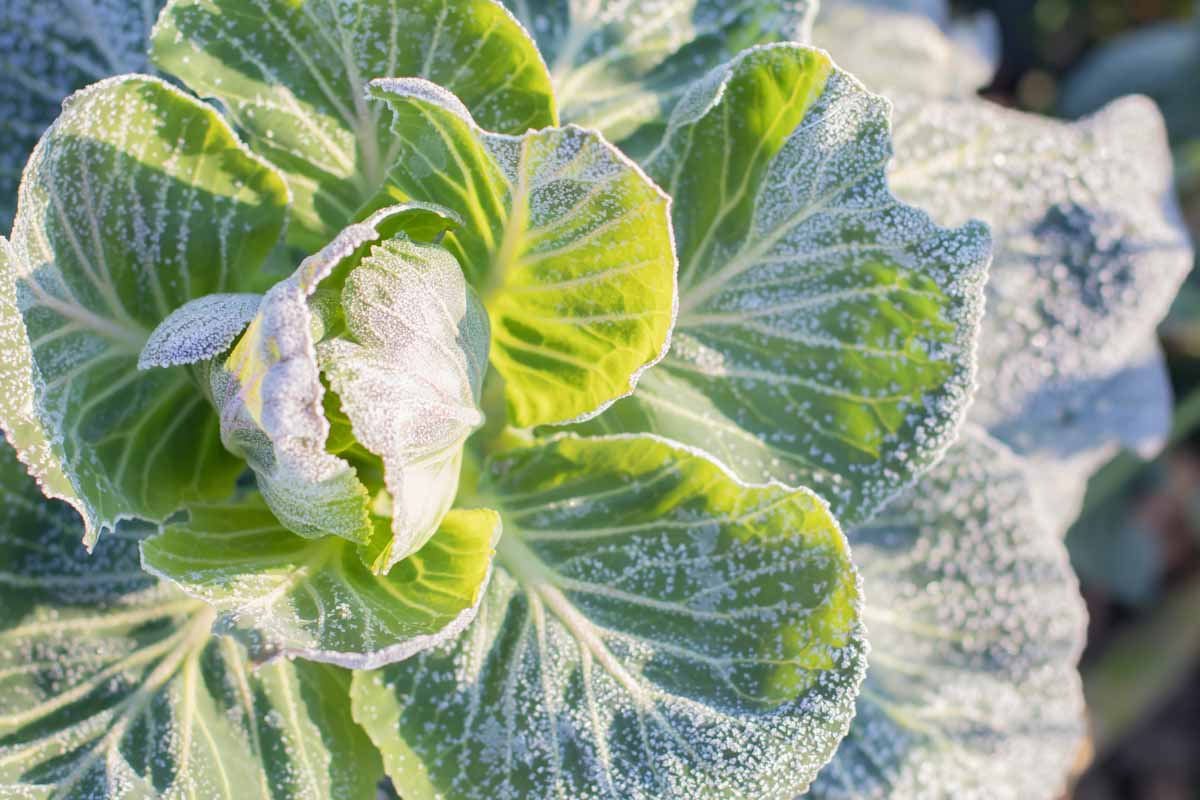
Are you ready to make a personalized plan for planting your favorite crops this season? It’s time to take advantage of that beautiful autumn light and crisp fall air, and get to planting!
If you found this guide helpful, let us know in the comments. And be sure to tell us what you’ll be planting this fall.
Considering other gardening projects this autumn? If so, check out these other helpful articles:
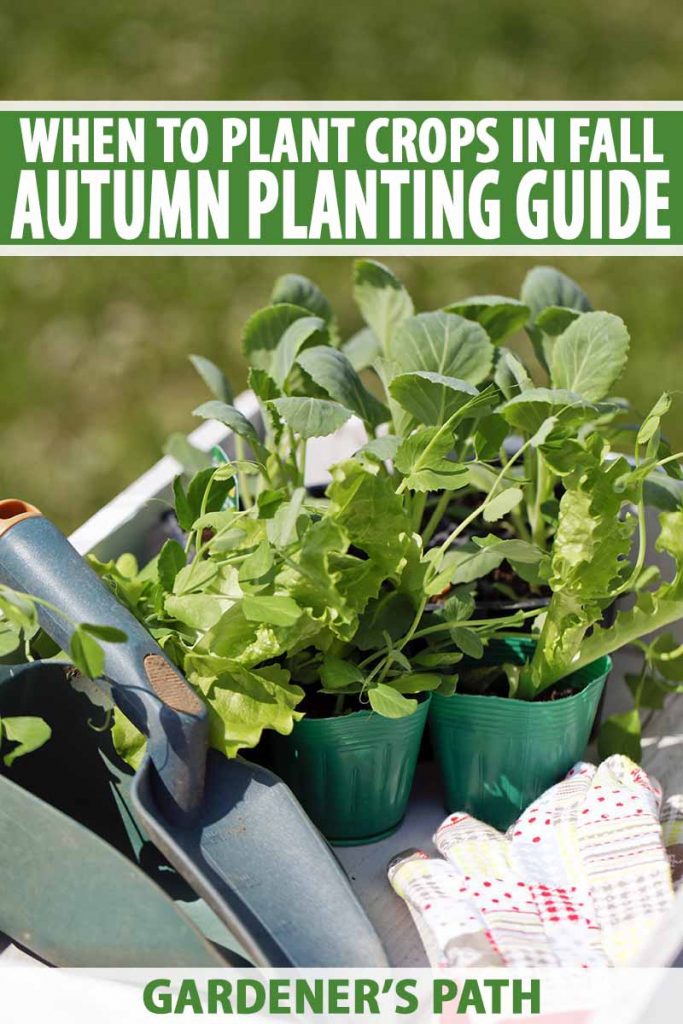
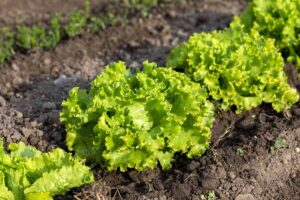
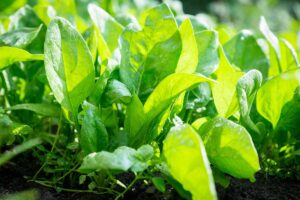
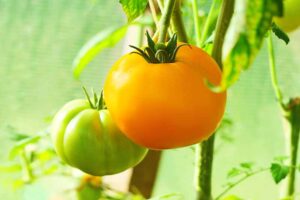
Hi, thanks for the pointers! I’m a long time gardener, but never planted a fall crop…even though I’ve grown many crops of “cool weather” varieties. This year my wife and I built four 3’x10′ raised beds, and she had the idea of lettuce and beets late in the summer. After that, a friend suggested garlic. So far so good, and your advice is right on, so thanks! The advice along with apparent success is inspiring us to try some other veggies that can lengthen our time in the garden! And since we all like to eat healthy foods, what’s not… Read more »
Hi Steve! Thanks so much for taking the time to leave a comment! I love hearing about your and your wife’s fall gardening projects and am glad all is going well. Fall really is a great time to garden in many places. And it’s hard to get healthier food than veggies straight from the garden!
Happy fall gardening to you!
I been planting on my first winter garden your article have help me on getting start
Thanks for reading Darlene! Let us know if you have any questions we can help you out with.